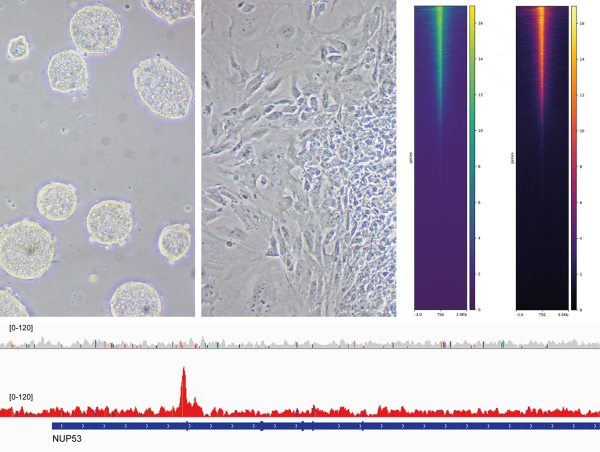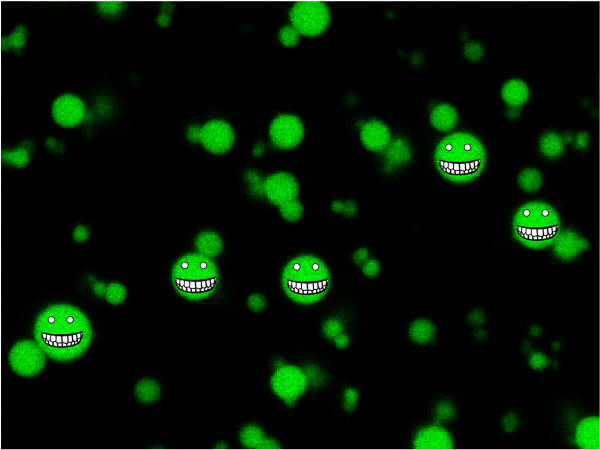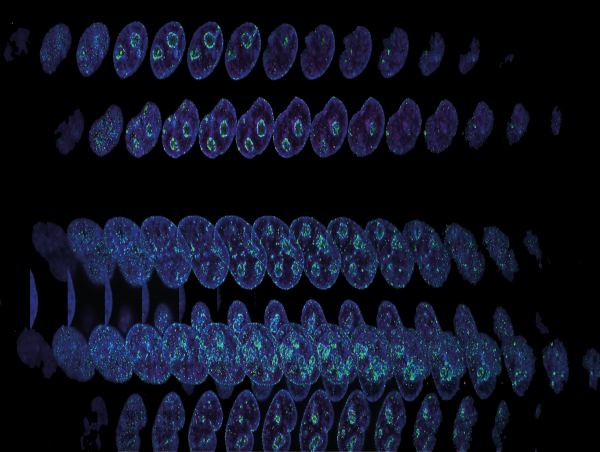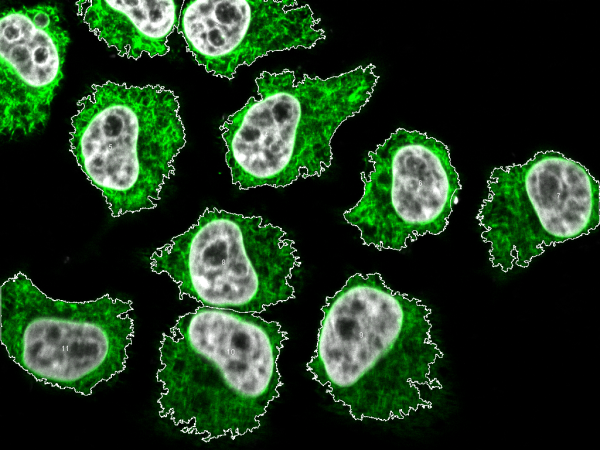Nuclear organization
Biological macromolecules are not randomly distributed within the cell nucleus, but are rather (self-)organized at different scales. Over the recent years, it has become evident that liquid-liquid phase separation plays a major role in intranuclear organization. Nucleoli, for instance, are large, phase-separated subnuclear domains important for ribosome assembly. Similarly, it has long been revealed that our genetic material is packaged in the nucleus in euchromatic and heterochromatic domains. Within the three-dimensional space of the nucleus, heterochromatin is not randomly organized. Large domains of heterochromatin are positioned underneath the nuclear envelope and around nucleoli, referred to as lamina-associated and nucleoli-associated domains (LADs and NADs). In these domains, constitutive heterochromatin is kept in a transcriptionally repressed state to maintain genome stability. The inclusion of facultative heterochromatin into LADs accompanies differentiation in a cell type-specific fashion, promoting cell fate determination and maintenance during the development of multicellular organisms.
Using a suite of different human cell types and mouse embryonic stem cells, we seek to decipher
- principles of nucleolar organization
- the mechanisms and importance of heterochromatin positioning at the nuclear periphery
- the role of inner nuclear membrane proteins in chromatin organization and gene expression



